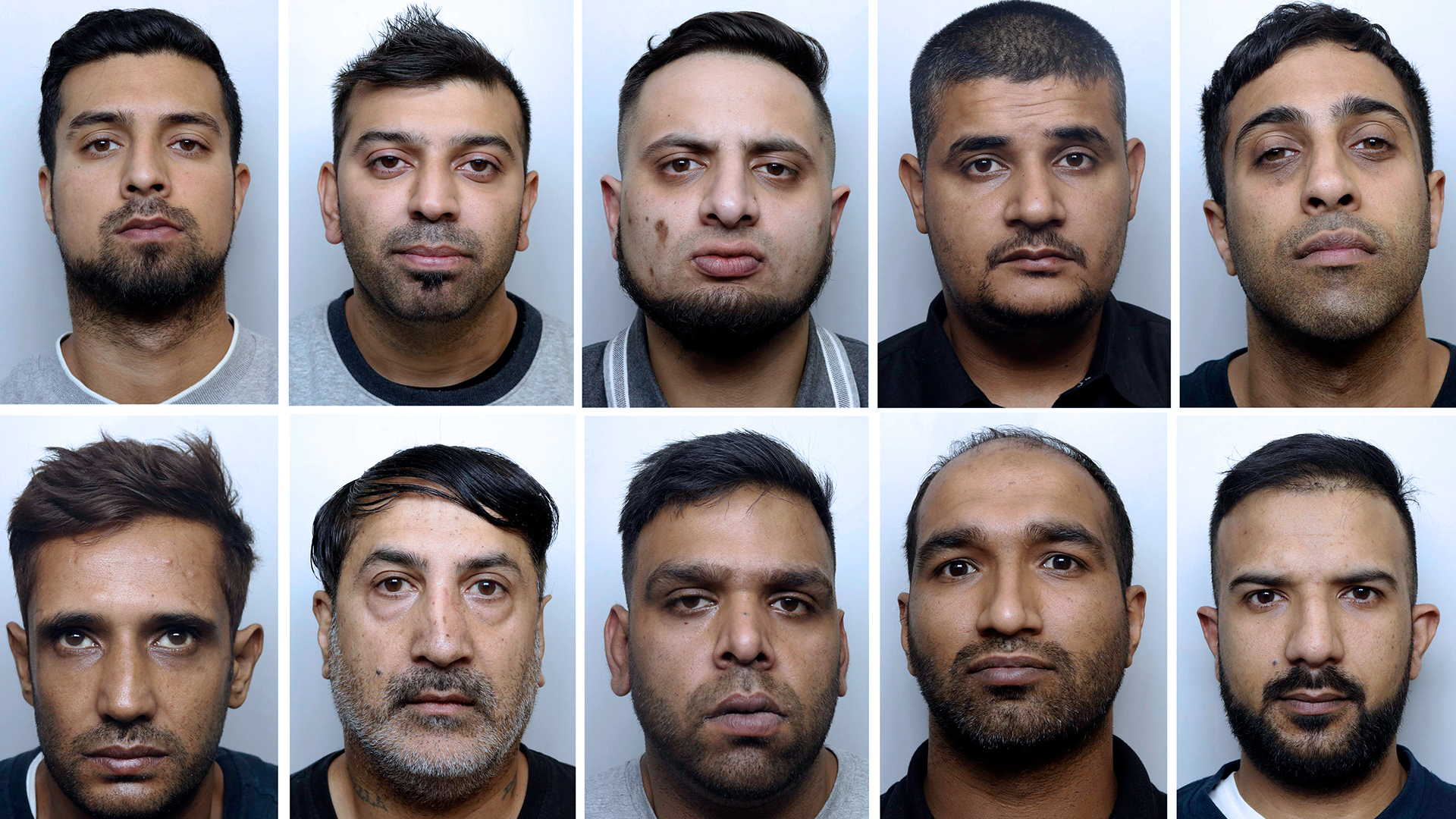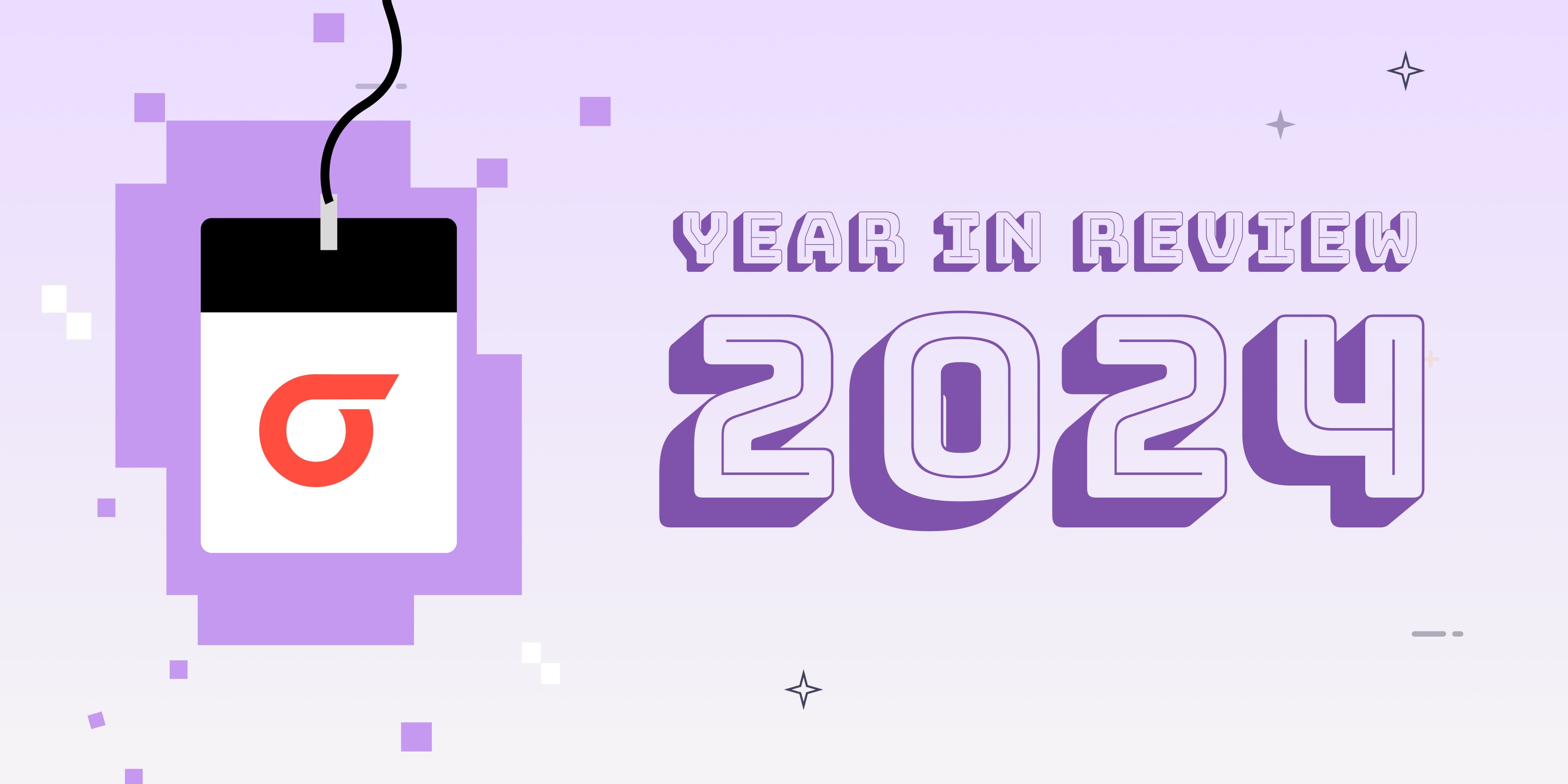The writer was a member of the Commonwealth Observer Group for the Kenya elections. The views expressed here are her own
I was watching the latest election results in the hair salon of my Nairobi hotel. Like everybody else in Kenya, I was impatient to know who had won the presidential election. This was four days after the August 9 poll. And it was a tight contest between the deputy president William Ruto and the elder statesman Raila Odinga, a former prime minister, who, at 77, was making his fifth and probably final bid for the presidency.
I happened to glance at the gentleman at the basin next to mine: it was Odinga. I asked him if he was to be Kenya’s new president. He confidently answered yes. Two days later it was officially announced that Ruto had won in the first round by 50.49 per cent to Odinga’s 48.85 per cent. Odinga has announced he will mount a legal challenge to the result and the Commonwealth Observer Group has urged his camp to pursue their grievances through the courts.
Why did Ruto win? He ran a disciplined campaign that focused on bread and butter issues. Most Kenyans are struggling with high inflation and unemployment, and subsidies on fuel and staples are due to end soon. Ruto also presented himself as the outsider — the “hustler” as he put it. He fell out with President Uhuru Kenyatta early in the second term, which allowed him to distance himself from the present government’s economic failures.
Odinga, an ethnic Luo, had been endorsed by Kenyatta, who is from the country’s largest ethnic group, the Kikuyu. Nevertheless, the Kikuyu overwhelmingly voted for Ruto. Even Kenyatta’s own home county, Kiambu, backed Ruto.
This indicates a marked shift away from ethnic to issue-based politics. This does not mean ethnicity was not a factor in how people cast their vote: Odinga gained the Luo vote, and the Kalenjin swung behind their candidate Ruto. But economic concerns that transcended community loyalty undoubtedly helped ensure the latter’s victory.
Casting a shadow over this year’s election campaign were the tensions and disputes of the 2017 poll, when Odinga contested his defeat, and the spectre of 2007, when many hundreds of Kenyans died in post-election violence. Ruto was indicted by the International Criminal Court over alleged crimes against humanity relating to the ethnic unrest, but the case was eventually dropped.
This time around the Kenyan authorities had invested a great deal of time, effort and money in trying to ensure the poll was peaceful as well as transparent, inclusive and credible. There were extensive voter education campaigns in the media, and a four-layered verification process for the vote: the Independent Electoral and Boundaries Commission, the key body responsible for the elections, was seen to have conducted an improved electoral process from the previous elections in 2017— a reflection of how state institutions have matured in Kenya.
One big test for Ruto will be whether he can deliver for the youth. Sixty-five per cent of Kenyans are under 35 years of age and they are politically alienated. Of 22mn eligible voters, out of Kenya’s population of 53mn, there were 6mn new potential electors, only 2.4mn of whom registered — and not all of them will have bothered to cast their ballot. Many of the young people I spoke to believe their lives will not improve regardless of who is in power, and they do not believe that the political elites have their best interests at heart.
Ruto is wealthy and, noting the prevailing socio-economic challenges, will have to expend considerable efforts to generate prosperity, which he has emphasised would be one of his key priorities. He must respond to the aspirations of Kenya’s youthful population and, crucially, ensure that the shift towards a post-ethnic political environment in Kenya is maintained. The outsider has come in from the cold. Now he must deliver on his campaign promises.




















Discussion about this post